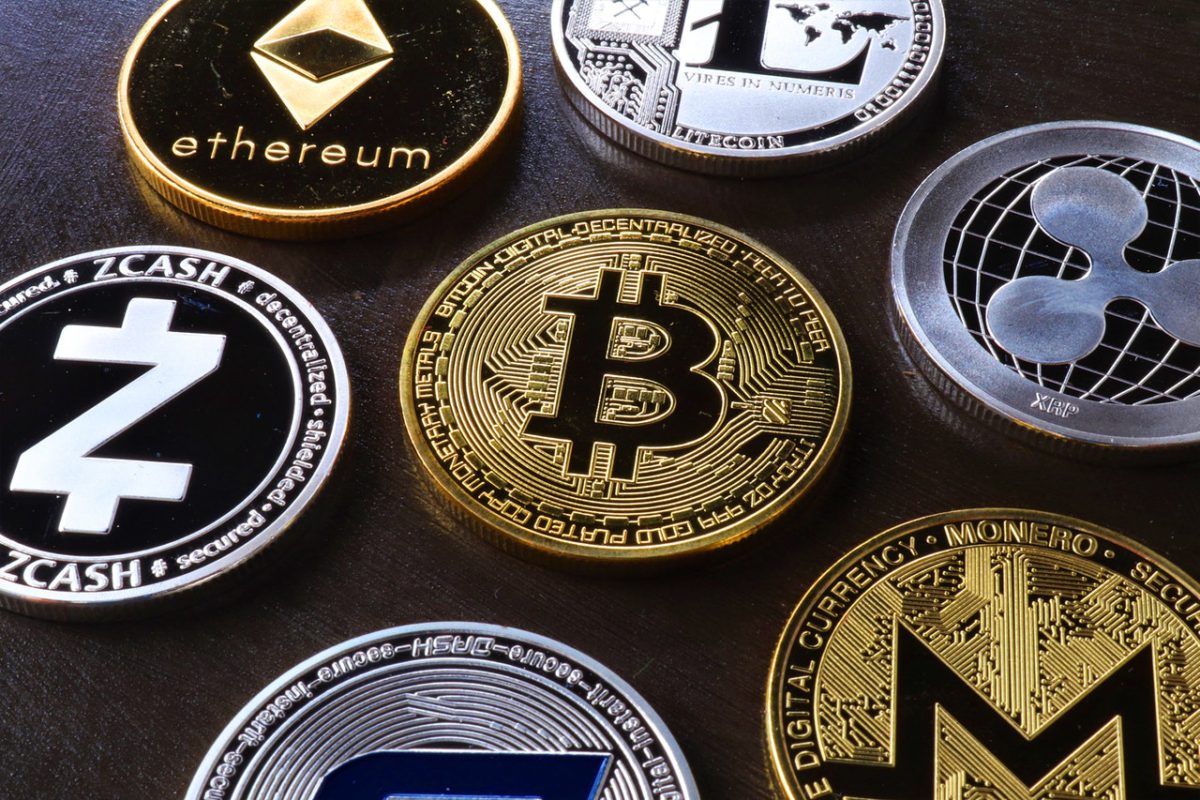Wednesday was a historic day for the crypto industry and its proponents, as Coinbase, one of the oldest and most well-established cryptocurrency exchange platforms, went public, opening on the NASDAQ with a valuation of $100 billion (€83.5bn), well above its reference price, before sliding down to $85.8 billion (€71.6bn).
The crypto exchange is the largest in the USA by trading volume, holding nearly 12 per cent of all crypto assets globally.
Set up in 2012 by Brian Armstrong and Fred Ehrsam, the platform is known for being a remote-first company, without a physical headquarters.
The cryptocurrency market has been feverish since last year, and now has a total market cap of over $2 trillion, with crypto giants Bitcoin and Ethereum trading at all time highs.
Coinbase will be the first company specialising in cryptocurrencies to hit the market, as it potentially hopes to take advantage of the great interest in digital currencies.
There has been a lot of hype around the Coinbase ‘IPO’, as it has often been referred to, but that terminology is not quite right.
Coinbase began publicly trading on the NASDAQ through a direct listing, as opposed to the more typical Initial Public Offering (IPO). This process has some key differences.
A company going public through an IPO issues new shares to the public, on top of already existed shares held by founder and early investors. This means that new capital is being raised, with the company benefitting from the cash injection to undertake new investments or pay off previous debt.
However, in a direct listing, the company does not actually raise money for itself. It simply makes existing shares publicly tradeable, with the amount of shares put on the market entirely dependent on the desire of its existing shareholders to sell their stock.
The company thereby avoids the hefty fees charged by the investment banks that would be hired to navigate an IPO, and avoids diluting its stock’s value by issuing new shares.
While direct listings are normally done by smaller firms, the practice has gotten some high-profile users recently, with big names like Slack, Spotify, Asana and Palantir all opting to list existing shares directly on the market.
However, since there are no new shares being listed for a set price, only existing ones, the price can fluctuate wildly, as indeed happened in the case of Coinbase, where, despite a reference price of $250, shares actually started trading at $381.
In an IPO, an investment bank would be tasked with drumming up demand for a set number of new shares at a set price, and while these are typically bought by institutional investors, retail investors trading in the aftermarket would also have access to the same information.

The institutional demand for shares in an IPO would also help support the initial price, which is set by the investment bank, creating a psychological “fair value” and trading range for the stock.
This reveals the inherent risk of a direct listing for investors, as the balance is tipped to favour the sellers, especially for a listing as widely hyped as Coinbase.
In fact, investors might be wary of existing shareholders’ desire to share their stocks with them.
Coinbase itself is not raising cash, so this move is one that only benefits existing shareholders who are looking to cash out. This could be for any number of reasons, including plenty of good ones, but some not so good ones either, as insiders might be selling out permanently to transfer risk on outsiders.
A regular IPO would often have restrictions on existing shareholders from selling further shares on the market until some time after the IPO in order to give investors time to evaluate the company.
No such restrictions exist for the Coinbase direct listing.
That said, nor did they exist for other recent direct listings, like those of Palantir and Slack, so that fact alone does not necessarily merit concern.
In fact, compared to other recent big IPOs, like Snowflake and Roblox, Coinbase stands out for being profitable, booking a net profit of $322 million (€269m) in 2020, amid a surge in revenue by 139 per cent.
However, that revenue is heavily reliant on transaction fees from trading in cryptocurrencies on its platform. Trading volume shot up by 142 per cent in 2020 as compared to 2019, but that should also be of some concern.
2020 was a very particular year, and a particularly great one for cryptocurrencies, but there is no guarantee that such high interest will continue.
Looking back to 2018, when the price of Bitcoin crashed by 72 per cent, Coinbases’s trading volume also fell – by 80 per cent.
Intercontinental Exchange, the owner of the NASDAQ, as all other exchanges, are of course similarly exposed to the volatility of trading activity, but traditional exchanges are far more diversified.
Coinbase’s fortunes thus rise and fall with those of crypto.
These may yet rise to further astronomical heights, as the market remains in its relative infancy. However, concerns exist that even higher sales would not be enough to break through the sheer hype.
After all, Hong Kong Exchanges and Clearing Ltd, the operator of the world’s third largest stock market, is valued at $76 billion (€63.5bn).
So how does a $100 billion (€83.5bn) valuation for Coinbase make sense?
Investors may point to its historical growth rate and exciting prospects, but failure to meet these could mean a significant collapse in price.
Malta’s dramatic increase in cost of living: visualised
Price levels rising from 84 per cent to 93 per cent of the EU average
Malta’s contemporary Japanese restaurant Aki to launch in London this September
The London venue is a Grade II-listed former bank, a stone’s throw from Oxford Circus
Self-employed, employees and companies contribute €2.1 billion in 2023
Parliamentary data reveals five-year growth trends in fiscal contributions






